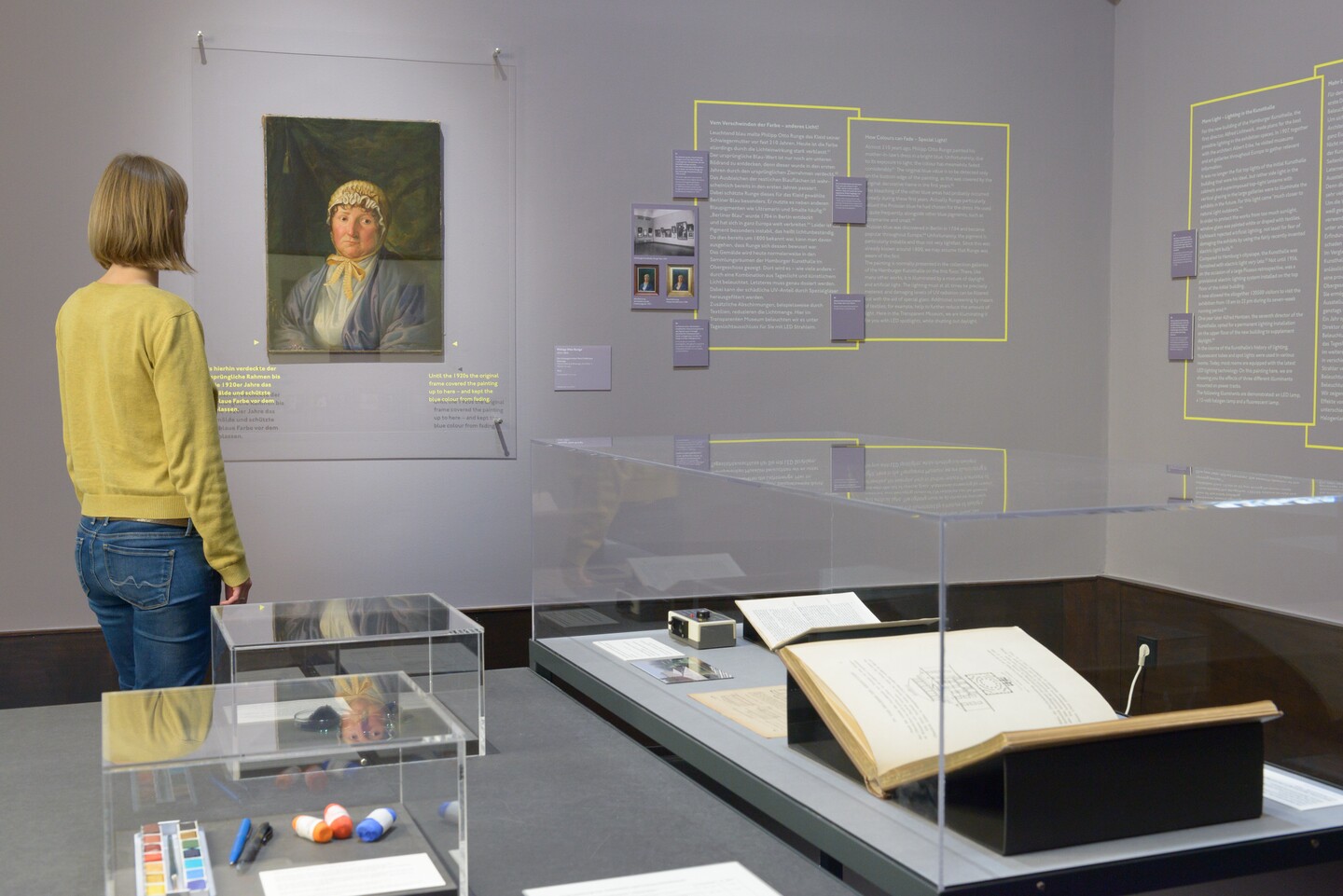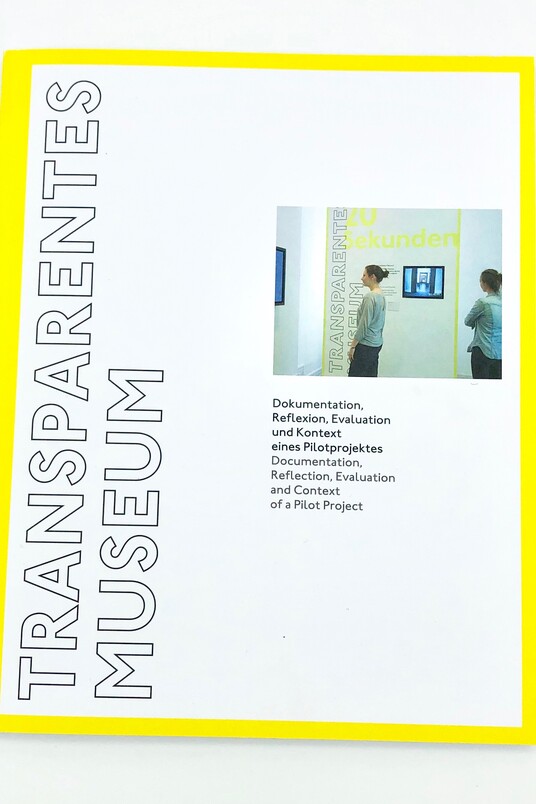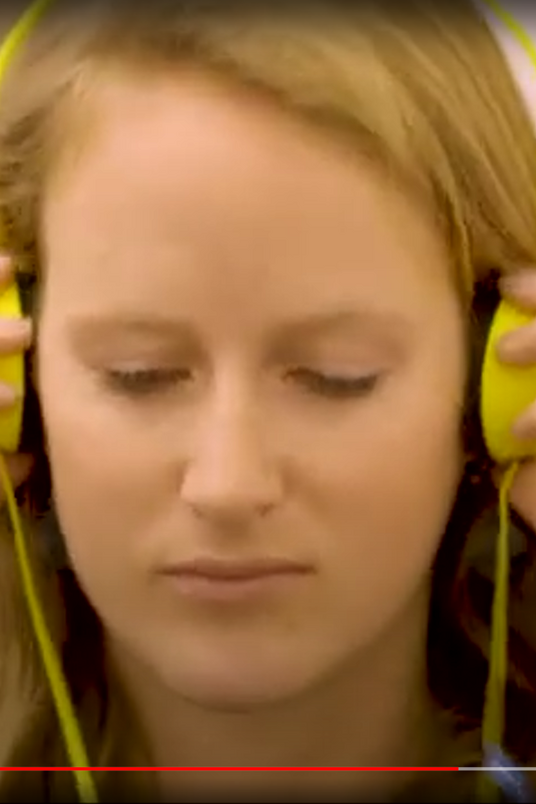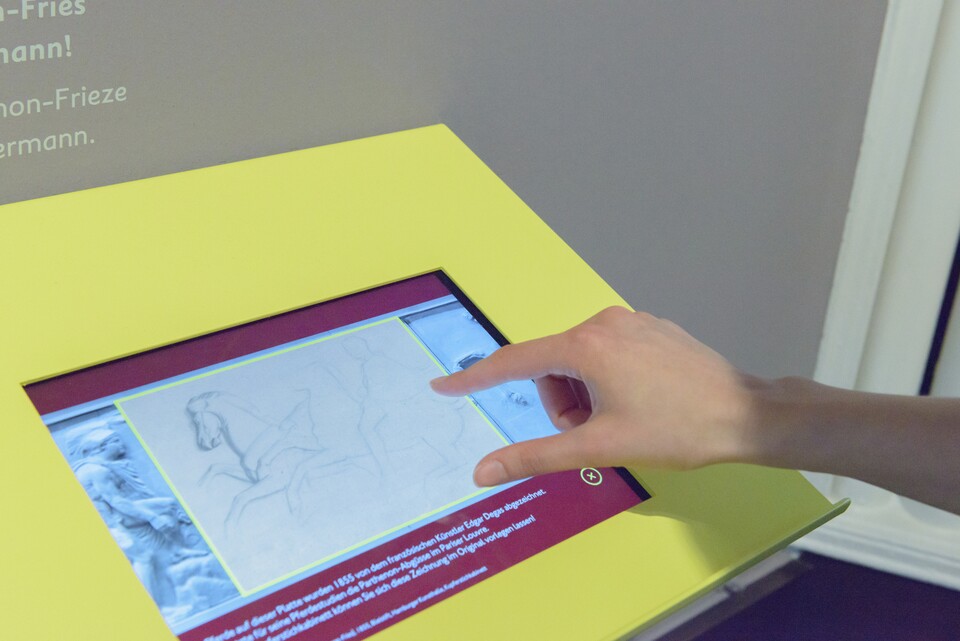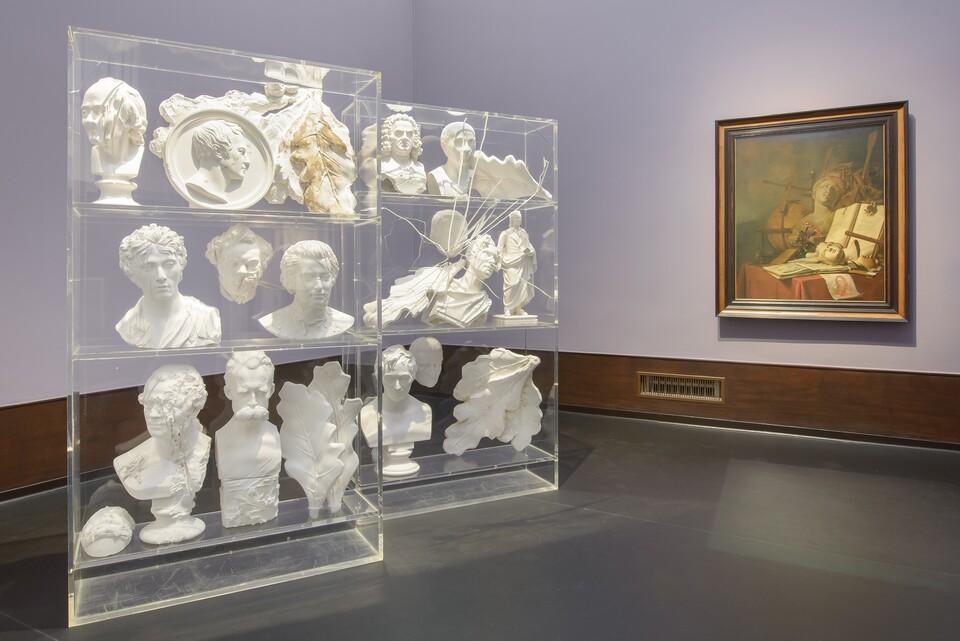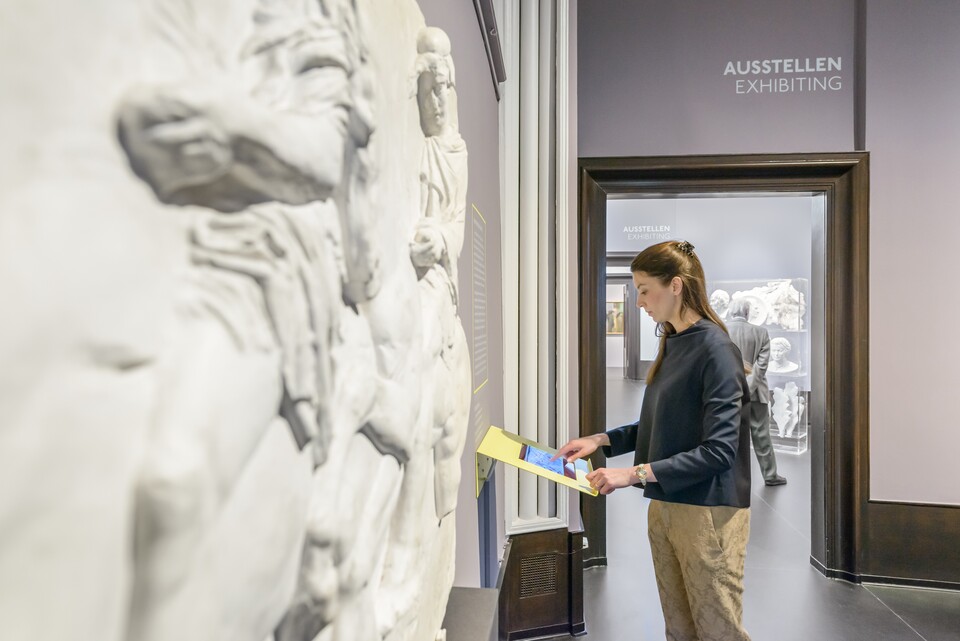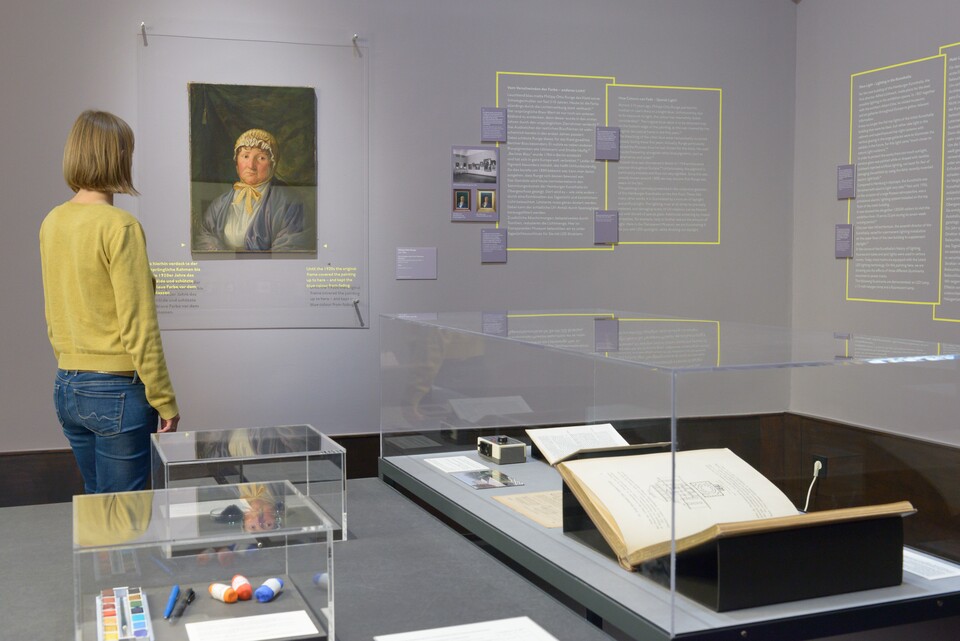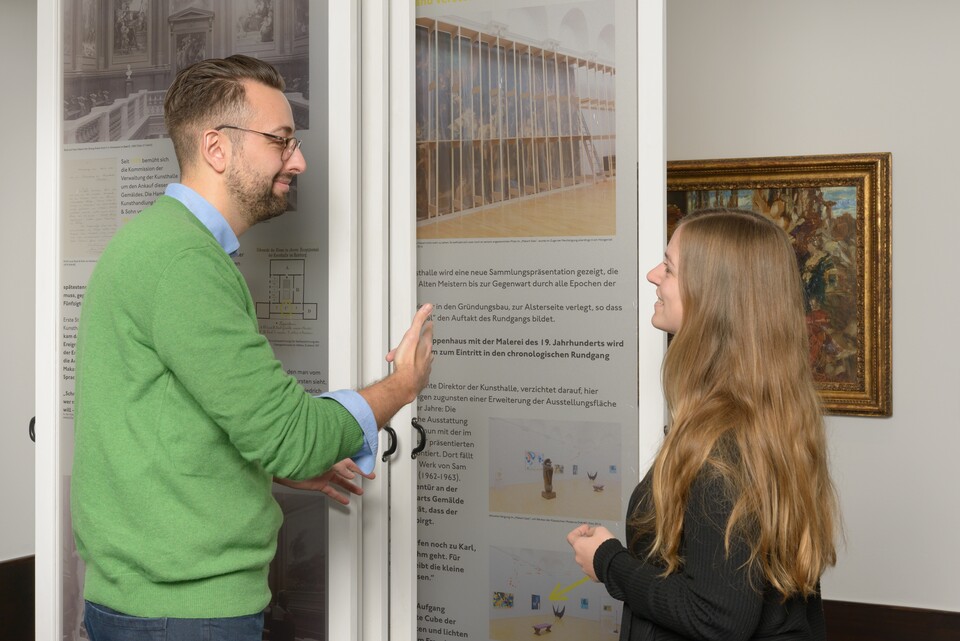Transparent Museum
CONCEPTION AND REALISATION
Dr. Annabelle Görgen-Lammers
ASSISTANCE 2015 - AUGUST 2020
Désirée de Chair, Julia Kölle, Shannon Ort, Josephine Karg, Lara Bader
ASSISTANCE SEPT 2020 - MAY 2021
Sjuasnna Eremjan
DESIGN
Heine/Lenz/Zizka
The Transparent Museum is an innovative pilot project at Hamburger Kunsthalle. For the first time visitors gain insight into the key tasks of the institution: collecting, researching, preserving, exhibiting and communicating art. Which challenges and processes do these concepts actually involve? What present-day examples are there to illustrate them? What were and are the criteria governing our decisions? Certain aspects of our day-to-day work in a museum, normally hidden from the visitors behind the scenes, are highlighted in concrete examples. Based on an interdisciplinary format, the concept is realized in exemplary co-operations. Spanning the wide scope of the Kunsthalle's collection, artworks drawn from different periods and media are juxtaposed in inspirational arrangements and supplemented by specific loans. In addition, contemporary artworks dealing with institutional aspects of the museum expand the field of enquiry around each example by making a provocative or reflective comment. »In art the museum mirrors itself and the frames of reference it has developed.« (Werner Hofmann, Director of the Hamburger Kunsthalle from 1969–1990)
With new and interactive interpretation and information tools the museum ›scene‹ becomes more transparent even for ›non-experts‹ and encourages them to investigate the masterpieces from exciting different perspectives. Visitors thus develop new ideas and discover that the criteria which determine the work of a museum also change over time and can be learned. Visitors are inspired to think for themselves, to reflect and to enter into debate.
The exhibition space of the Transparent Museum is structured in nine theme rooms. They provide insights, for instance, into the particularities of (artists') frames, examine issues of distinguishing between originals and forgeries, unveil the changing reception of replicas and copies in a museum, tell surprising stories of provenance or even present the criteria for new acquisitions. Processes of internal and external cooperations among art historians, conservators, curators, educators and museum guards are revealed in their interdisciplinary nature and complexity.
Multimedia, viewing and listening points in the exhibition space, a varied programme of events and target-group-specific educational offers such as moderated talks and lectures by specialists from outside and within the Kunsthalle accompany the project. More in-depth information from different perspectives allows our visitors to experience a multifaceted, new approach to the ›institution museum‹.
This pilot project, conceived for at least two years, will ensure a variation of thematic focuses through changing displays in the theme rooms which take into account suggestions by the audience.
Ermöglicht durch



